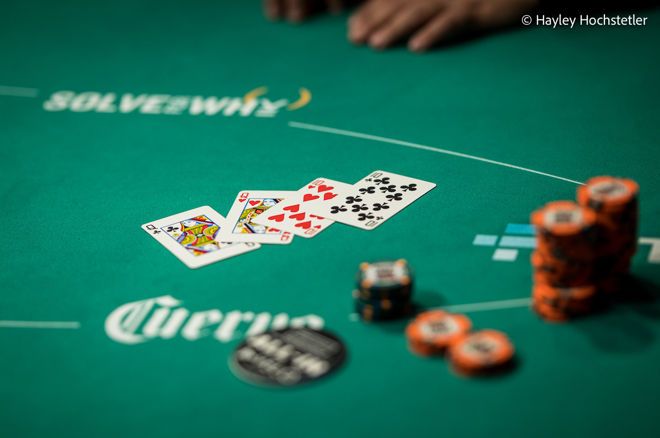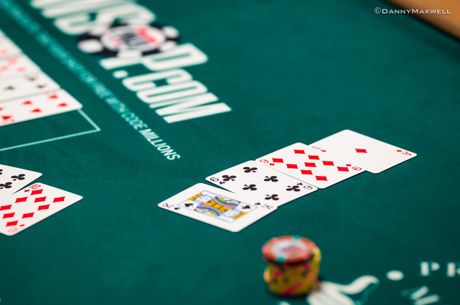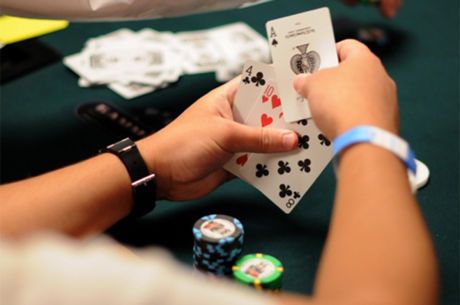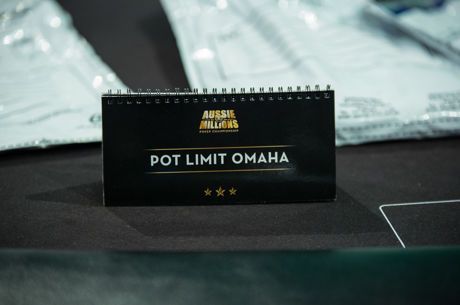Three Tips for Switching to Pot-Limit Omaha

Table Of Contents
It goes without saying that No Limit Texas Hold'em is the most played poker game on the planet, but one poker variant that has increased in popularity recently is the great game of Pot-Limit Omaha.
If you have always wanted to give PLO ago then read these helpful tips to help you with your transition.
Play It Cool with Overpairs
One thing you need to know is that having pocket aces in Texas Hold'em is a lot different to having a pair of aces in your hand in PLO. In NLHE, your aces are likely the best hand after the flop so you feel confident betting. This is not the case so much in PLO so you should be exercising pot control on bad flops when your best hand is an overpair.
Lets say you've opened the action with a hand like A?A?7?5? in late position and have only been called in the big blind. You've got a strong hand that can make top set, nut flushes as well as some straights but the flop comes an unsightly J?10?8?.
The problem with a wet flop like this is that you could drawing extremely thinly. Your hopes of making a flush have gone and you can no longer make your straight. Even if you were to hit an ace on the turn, it's still possible your hand is still second best. If you were to bet and get raised, you're in a horrible spot with just one pair and no nut draws.
On dynamic boards like the one above, it's always better to take a free in card when in position. If the turn is a safe card, you can still call a bet easily or even bet for equity denial if the action checks to you.
A Beginner's Guide to Poker Equity (Free Calculators Included!)
Don't Go Broke with Baby Flushes
Another scenario you may find yourself in when playing PLO is having a hand like 8?7?6?2? and seeing a flop like Q?9?9?. While this is a relatively strong draw in NLHE, it's not quite as appealing in PLO.
Lets say you're out of position in this hand and that the pot is 7 big blinds (BB). You check-call bet of 5BB which brings in the 10?. The action checks through to the J? which completes your flush draw. Now while you are ahead of straights, you still have to be weary of bigger flush draws making their hand as well as some combinations of full houses.
If you now start betting, the hands that you beat will fold so you won't be getting value. If you bet small and then face a raise, you are in a situation where you have to snap-fold. The mistake made in this hand was over valuing your flush draw.
If you have a baby flush draw on a paired board at the lower stakes, it is just best to fold your hand.
Ramp Up Aggression Against Passive Players
When playing PLO at the lower stakes, players typically have a couple things in common. Players will start betting and raising with their made/nut hands to protect themselves from their opponent's draws. This means when they check or call, their holdings are usually weak. However if a player checks on the flop to the pre-flop raiser then a lot of time they're checking because of game flow.
You're in the big blind again with a hand like 10?9?6?5? and you call the button's 3.5BB open. This brings in the J?8?2? flop which checks through to the A? turn. You decide to check again and the button bets 3.5BB into a 7BB pot. Now might be a time to raise big.
Even though the ace is a better card for your opponent, it's a reasonable idea to make this semi-bluff. You would think that the villain this hand would bet their two-pairs, sets and even AxJxXxXx on most occasions. As they are now betting, it is very likely that their hand is capped towards single pair hands like AxKxXxXx.
Nut flush draws would have likely bet the flop as well so we are in a position where we can really put pressure on on our opponent.
PLO Poker: A Beginner's Guide to Pot-Limit Omaha
Must Have Rooms
Home to the biggest tournaments online, these online poker rooms also have the largest player base, great bonuses, tons of action and the best software. If you don't have accounts here, you are missing out on the best that online poker has to offer.









